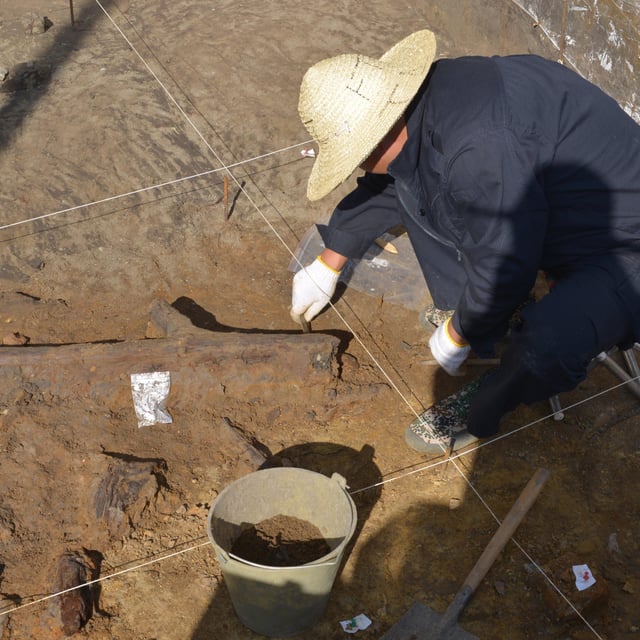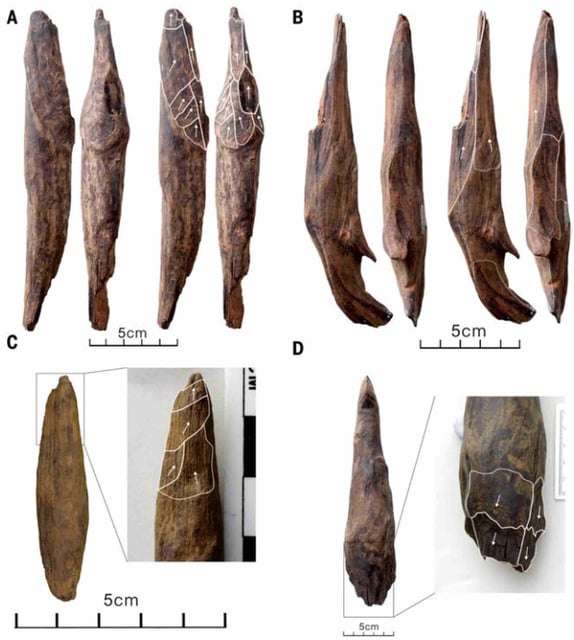Overview
- Archaeologists unearthed 35 deliberately shaped wooden tools—including large digging sticks and hook-like blades—preserved in low-oxygen, clay-rich sediments at Gantangqing on the ancient Fuxian Lake shoreline
- Infrared stimulated luminescence and feldspar mineral dating constrain the tools’ manufacture to between 361,000 and 250,000 years ago, making them the earliest complex wooden implements known in East Asia
- Whittling scars, polished surfaces and soil residues demonstrate purposeful shaping and repeated use for extracting underground storage organs such as tubers, rhizomes or corms
- Based on co-located Denisovan fossils and technological sophistication, researchers identify Denisovans as the most likely makers, expanding understanding of their cognitive capabilities
- Ongoing research will refine hominin attributions, conduct residue and use-wear analyses, and compare these Gantangqing artifacts with other Pleistocene organic tools worldwide

